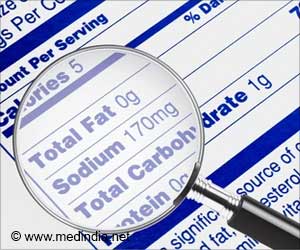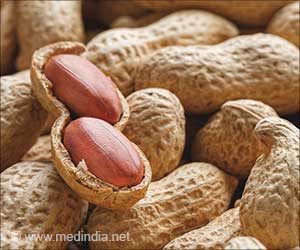Ingestion of few fruits similar to blackberries may induce digestive and neurological manifestations including seizures, coma and apnea.
Coriaria myrtifolia has been recognized as one of the most neurotoxic plants in western Mediterranean area. Both the leaves and berries of C. myrtifolia are known to be neurotoxic. This shrub produces a toxin, coriamyrtin, that is present in high concentrations in the berries.
Ingestion of few fruits similar to blackberries may induce digestive and neurological manifestations including seizures, coma and apnea.A recent paper in the November issue of Toxicon, presents a new case report that took place in the French Catalonia. A previously healthy 8-year-old boy ingested an unknown quantity of black berries from a plant growing wild in the region around Perpignan, France. One half hour after ingesting the fruit, the child began to vomit dark material and presented a drunken-like state. The child was taken to a general practitioner who called the Poison Control Center in Marseille.
Since, the plant species involved had not been identified at that time and given the severity of the symptoms, the child was hospitalized. On the way to the hospital, he developed hypotonia, lost consciousness, and went into generalized convulsion with eyes rolling back. In the mean time, a pharmacist formally identified the plant as the neurotoxic species C. myrtifolia. Examination upon arrival at the emergency room demonstrated disturbance of consciousness with facial twitching. The pupils were found symmetric and reactive. Hemodynamic status was good and cardiopulmonary auscultation and electrocardiogram were normal.
He needed repeated diazepam administrations and was managed in the hospital, and recovered after one day of benzodiazepine treatment.
In order to evaluate the consequences of C. myrtifolia poisoning, 83 cases of the literature were analyzed: the cases occurred in three countries (Spain, France and Morocco); the mean delay of the symptom development was 150 min; the neurological disturbances were the most frequent signs and 11 patients died (6 children, 5 adults) mainly in old reports.











